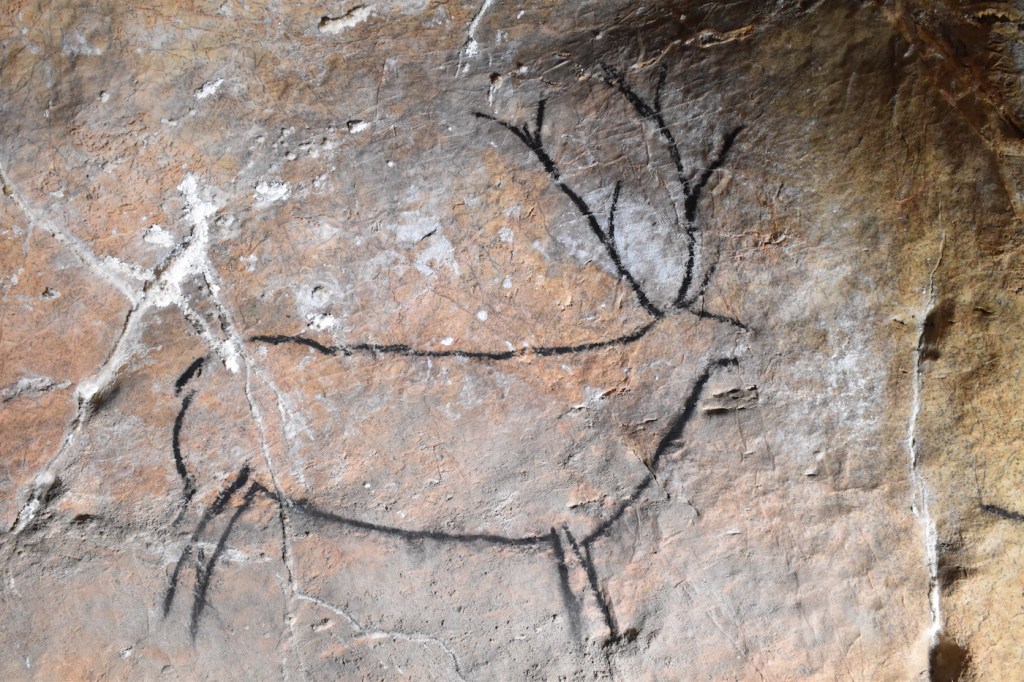What Newly Discovered Cave Art Tells Us About Human Creativity
12:12 minutes

In July, researchers discovered the oldest known cave art. It was found in a cave on the Indonesian island of Sulawesi, and it shows three human-like figures and a wild pig. The painting was dated at 51,200 years old—5,000 years older than any other known cave art.
The finding continues a trend of researchers unearthing older and older examples of human-made art, including those found outside of Spain and Southern France, where most cave art discoveries have been made.
Guest host Maggie Koerth is joined by Dr. Isobel Wisher, a postdoctoral researcher with the Evolution of Early Symbolic Behavior project at Aarhus University in Denmark, to discuss how this field of archeology has changed over the years, how new technology is making these ancient cave paintings more accessible to the public, and what they can tell us about the human experience.
You can check out Dr. Wisher’s VR replica of the El Castillo cave, and its art, in Spain via YouTube:
Invest in quality science journalism by making a donation to Science Friday.
Dr. Isobel Wisher is a postdoctoral researcher in the Evolution of Early Symbolic Behavior project at Aarhus University in Aarhus, Denmark.
The transcript of this segment is being processed. It will be available within one week after the show airs.
Dee Peterschmidt is a producer, host of the podcast Universe of Art, and composes music for Science Friday’s podcasts. Their D&D character is a clumsy bard named Chip Chap Chopman.
Maggie Koerth is a science journalist based in Minneapolis, Minnesota.